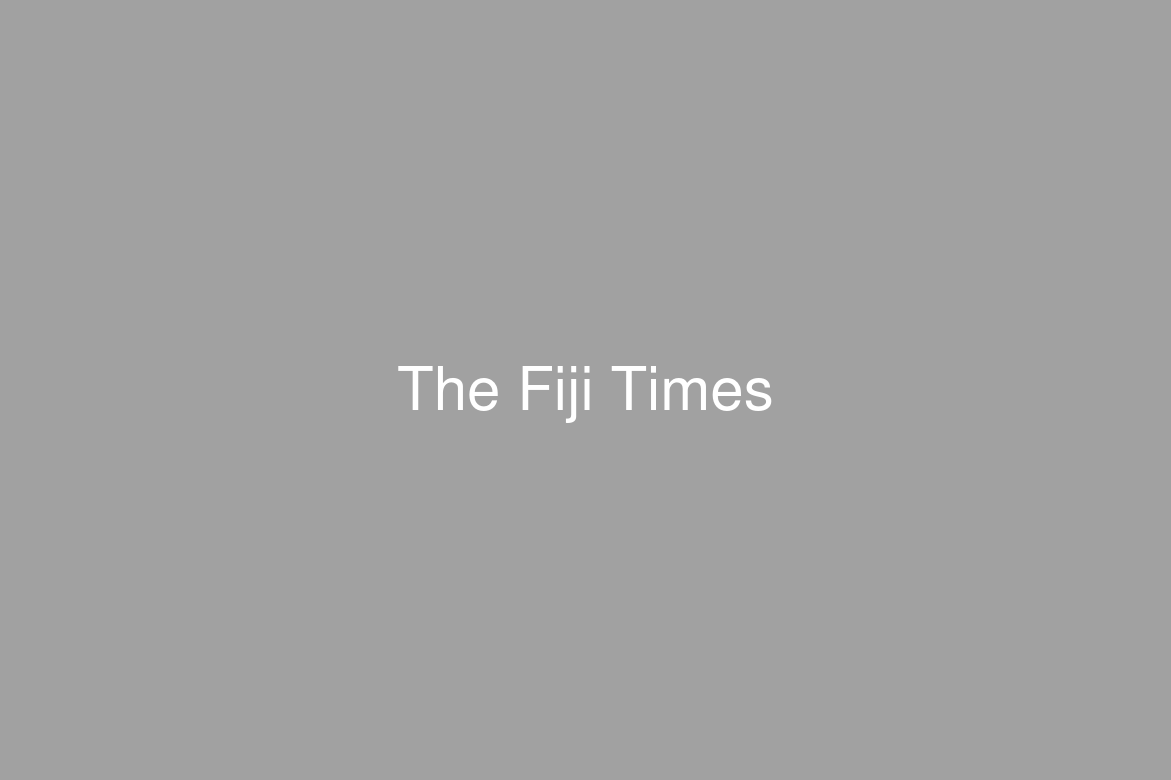Fiji’s biggest open-air market has undergone renovations and expansion recently, providing even more fresh foods direct from the farms, rivers and oceans. In tonight’s episode, Chef Seeto discovers that market vendors are quickly adapting to the growing needs of a busy metropolis.
There’s a good reason why Fiji’s open-air markets feature so heavily in this season of Taste of Paradise and it’s not just for the fresh produce.
From Lautoka, to Nadi and Suva, the municipal markets are like nature’s pharmacy of preventative medicine foods. The fresh local foods may not cure disease, but they are certainly designed to help prevent many of the non-communicable disease we now see in Fiji.
If the outdoor markets are the people’s direct link to their ancestral Pacific diet, then the hard working vendors and stallholders are Mother Nature’s matanivanua or spokespeople.
Every day they offer the medicine foods of fresh produce from the soil, virgin coconut oil from the Tree of Life, protein and minerals from the sea and rivers, and healing spices from the land.
Without the large city markets and roadside stalls constantly reminding us of the optimum Pacific island diet of eating directly from the land and sea, many more Fijians would be sick today.
The market gardens are also a legacy of humankind’s development of agriculture more than 12,000 years ago.
The transition from a hunter-gatherer subsistence to an agricultural society was borne out of our ancestor’s need to grow and store food and nutrition closer to home.
Why walk so far to find something to eat when you can grow it at home?
Much of rural Fiji is still able to enjoy this way of life, but in the urban cities, people eat less like their ancestors and more from a packet or tin.
The relationship with the land and the nutritional importance of ancestral foods is under threat in the Capital City, as the more hectic lifestyle and pressure of time and money begins to dictate the diet of the family.
A Suva father recently told me of his annoyance that his children refused to eat rourou, the Polynesian dish of boiled taro leaves in coconut milk, preferring to eat instant noodles. Rourou is central to the South Pacific diet as it provides a rich source of vitamin A, which is needed for proper growth, healthy eyes and protection from disease; especially for young Pacific Island children.
This is why the taro leaf is found in many dishes across the South Pacific islands as well as Hawai’i; it is a medicine food handed down by our Austronesian ancestors.
If you haven’t been down to Suva markets for a while then I urge readers to reconnect with their ancestral past, but get there as early as you can, especially the Saturday fish market. Before our arrival at 6am, I imagined there would hardly be any customers but I was pleasantly wrong.
By 7am the markets are jam- packed with clever shoppers and chefs in search of the freshest and rarest seafood.
I had planned to cook a fish dish but discovered a villager with plump rock oysters and another with meaty kaikoso clams.
The variety of seafood is absolutely stunning and well worth getting up early.
The fish market is filled with wonderfully Fijian produce like giant vasua clams, fresh and smoked octopus, other clams of all different varieties, and so many species of fish that are rarely seen on restaurant menus.
The ocean and river prawns are both gigantic and tiny, with the bigger crustaceans quickly scooped by restaurant owners and visiting Chinese. The Chinese are also attracted to the fresh beche-de-mer (sea cucumber), painted rock lobsters, cawaki sea urchins and donu coral trout.
It’s disappointing to see local vendors increase the prices of this seafood because of the Chinese tourist dollar, as it becomes too expensive for locals, but I guess that’s business.
Across the fruit and vegetable market, some stallholders are getting smart and coming up with clever ways to attract customers.
With so many stalls selling similar produce, the entrepreneurial vendors are turning their idle time into bigger profits by taking the hard work out of preparing their fruits and vegetables. They also understand the average city family or single worker doesn’t have as much time anymore, so have turned to ready-peeled and chopped fruits and vegetables; all sold by the heap or bowl. It’s a win-win for both vendor and customer.
The next evolution would be for the stallholder to sell little containers of pre-made sauces for chop suey, black bean, Sichuan, satay peanut and Chinese chilli for customers to take home and just add their meat or seafood.
The market gardeners have also begun to introduce many more varieties of green vegetables, melons and strange looking produce that will be alien to most Fijians, but give them a try with different sauces.
I applaud these vendors who are not only making a little more money for themselves, but are helping to keep their customers happy and healthy. Mother nature would be proud of her matanivanua.
NEXT WEEK: Chef Seeto and a cast of more than 60 chefs and waitstaff cook for the biggest Taste of Paradise dinner at Vodafone Arena in Suva. This episode exposes the pressure of working in the new USP/APTC kitchen with the students and the challenges of serving nearly 1000 people at a gala dinner. With no lovo, curry or chop suey in sight, the team show other recipes for your next big banquet.
* Watch Taste of Paradise for new episodes every Sunday 7.30pm, and repeats of previous episodes at 4pm, only on Fiji One.

